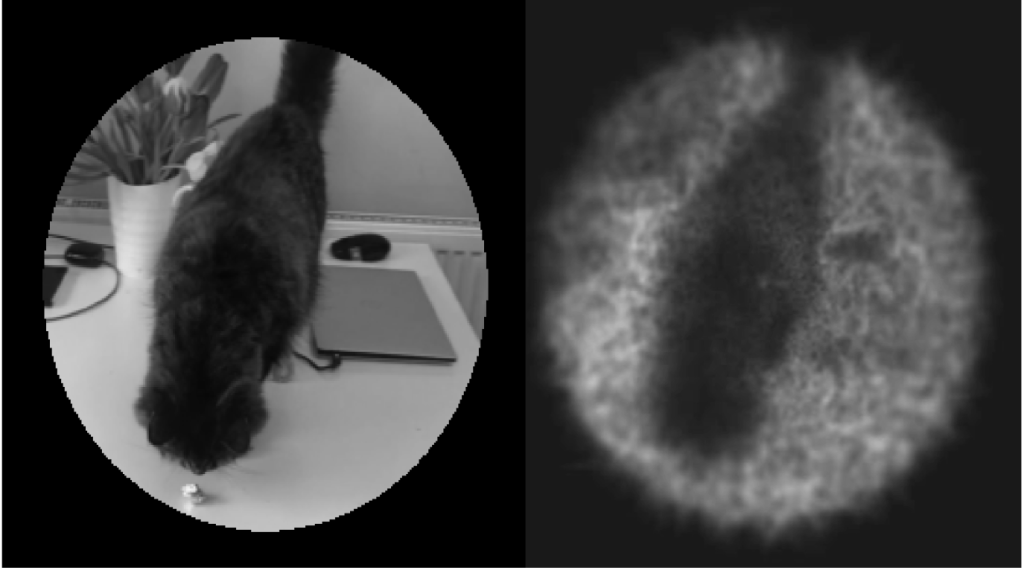University of Washington researchers have found that Elon Musk’s Neuralink brain-implant venture may not be able to provide “better than normal vision” as initially claimed. The brain’s vision system does not translate into pixel-by-pixel pictures. Engineers need to understand that the biological functioning of the brain differs from that of a computer screen. The researchers simulated images using tens of thousands of electrodes connected to individual neurons to assess the potential performance of artificial vision systems.
Neuralink aims to develop brain implants for artificial vision that could benefit the visually impaired, but the performance of the implants will be limited compared to normal human vision. Test versions of the Neuralink implants, known as Blindsight, have been implanted in monkeys, producing single-pixel blips. The initial resolution for vision may resemble Atari graphics, but Musk believes it has the potential to exceed normal vision. However, the researchers’ simulations show that the visual images generated by a 45,000-electrode array would not be as detailed as naturally produced images from the eyes and the brain.
The researchers emphasized that each neuron in the visual system interprets images in a small region of space and cannot be simulated with just a single point of light. Reconstructing the codes used by the cells in the visual cortex to create normal human vision would be an immense challenge. Fine mentioned that each person has a unique neuronal code for vision interpretation, making it difficult to predict how each neuron processes visual information. There is no current evidence to suggest that individuals can adapt to an incorrect code, highlighting the complexity of developing artificial-vision systems.
Neuralink and other teams are exploring brain implants to restore vision, with various clinical trials already underway. However, it is essential for surgeons, patients, and families to have realistic expectations about the potential capabilities of such systems. Artificial-vision simulations could help set more realistic expectations for the technology and avoid raising false hopes. With high rates of depression among individuals who become blind later in life, unrealistic claims about vision restoration could be harmful. Hence, researchers are working to provide accurate information and simulations to assist in evaluating the viability of artificial-vision systems.
The research conducted by the University of Washington team provides insights into how brain implants could impact artificial vision. By simulating images generated by tens of thousands of electrodes in the visual cortex, researchers can assess the potential performance of these systems. Understanding the limitations of current technology is crucial for future advancements in artificial-vision research. By providing virtual patient simulation modeling, the researchers hope to contribute to the development of more effective artificial-vision systems. Funding for the study was provided by the National Institutes of Health, highlighting the importance of continued research in this field.












